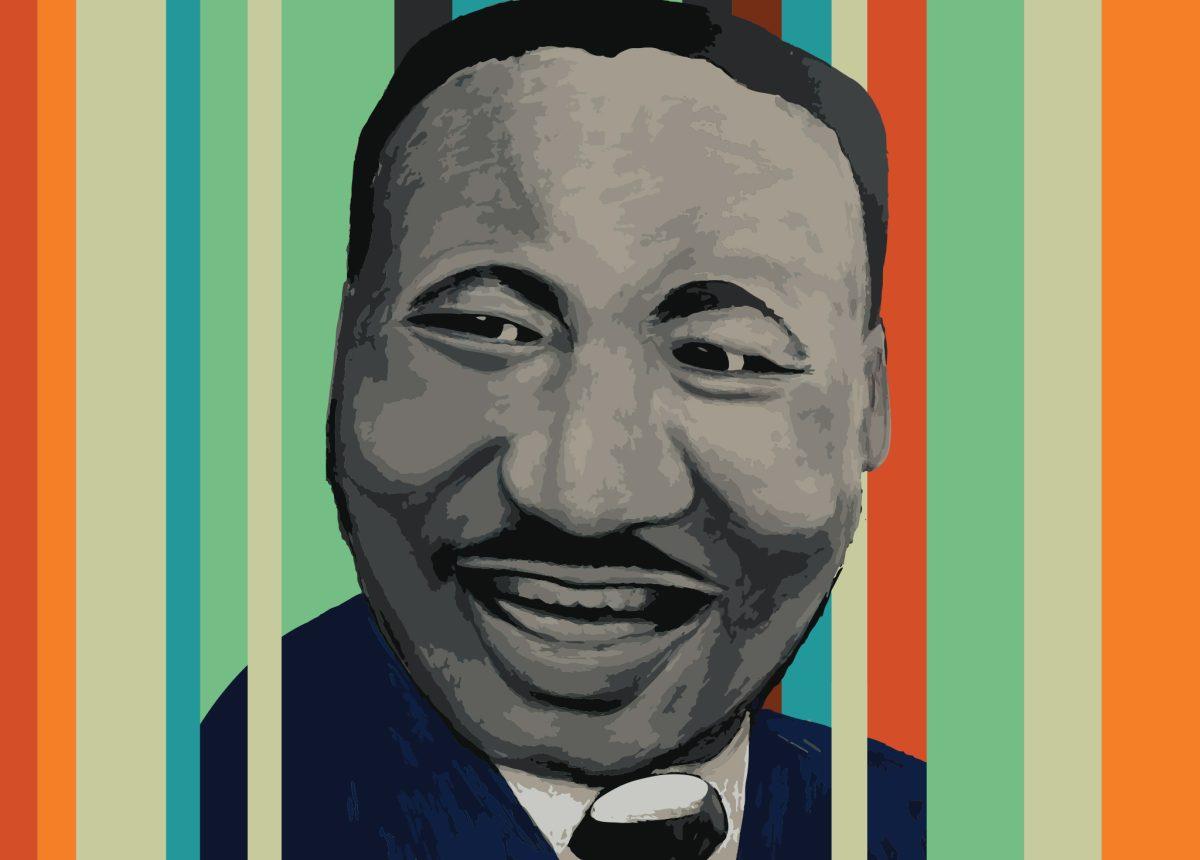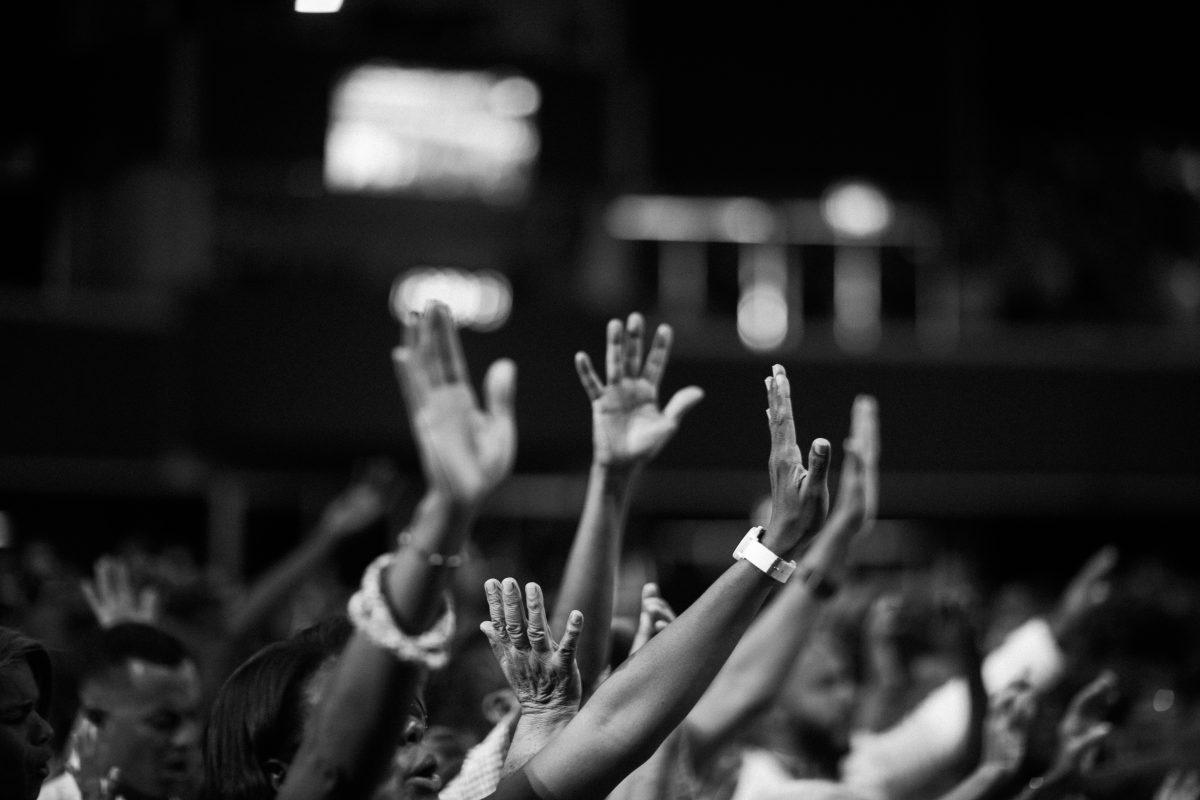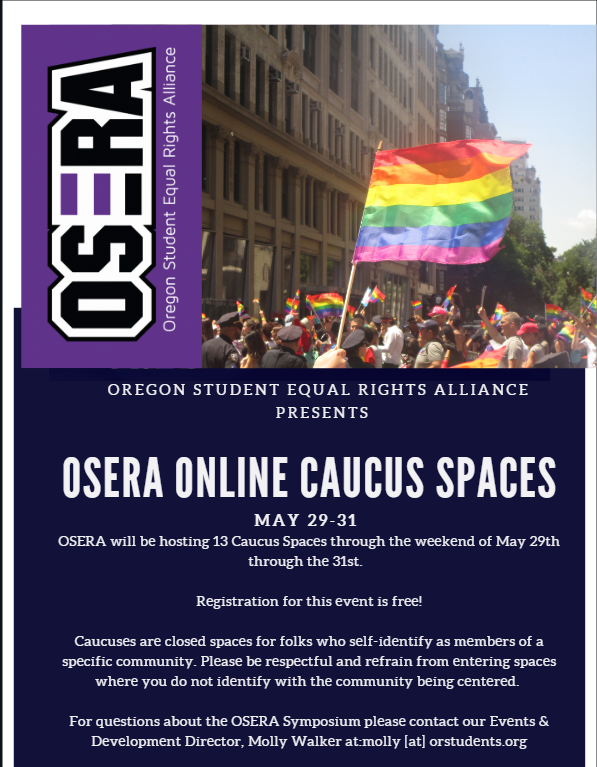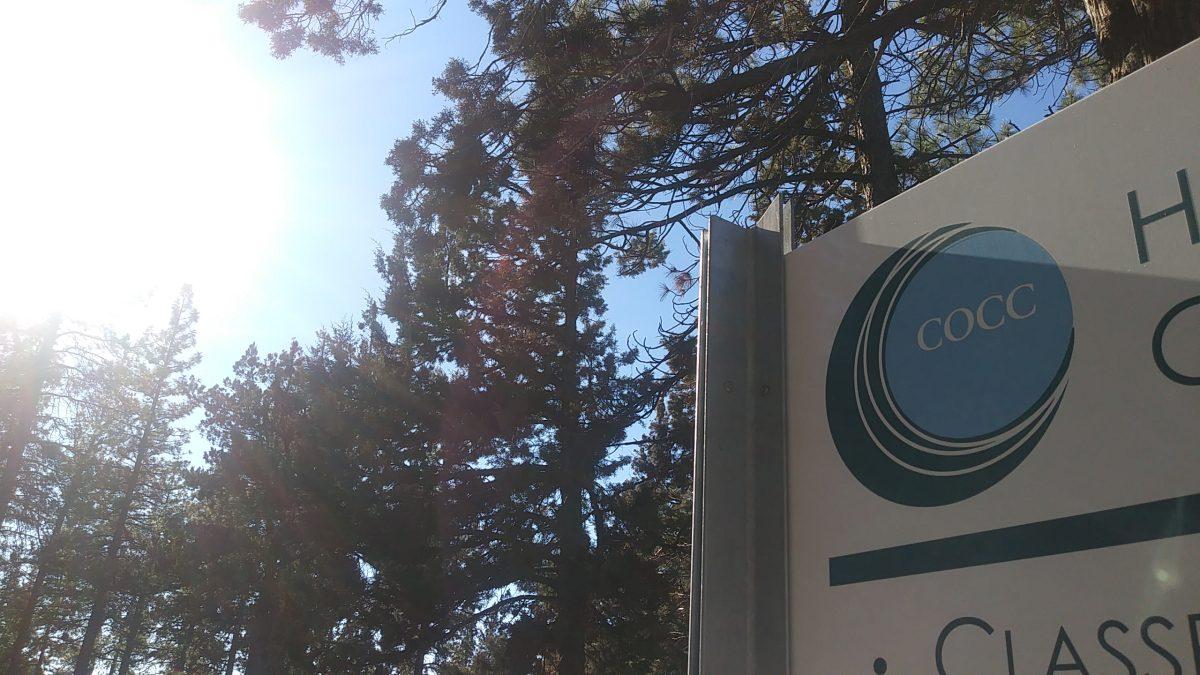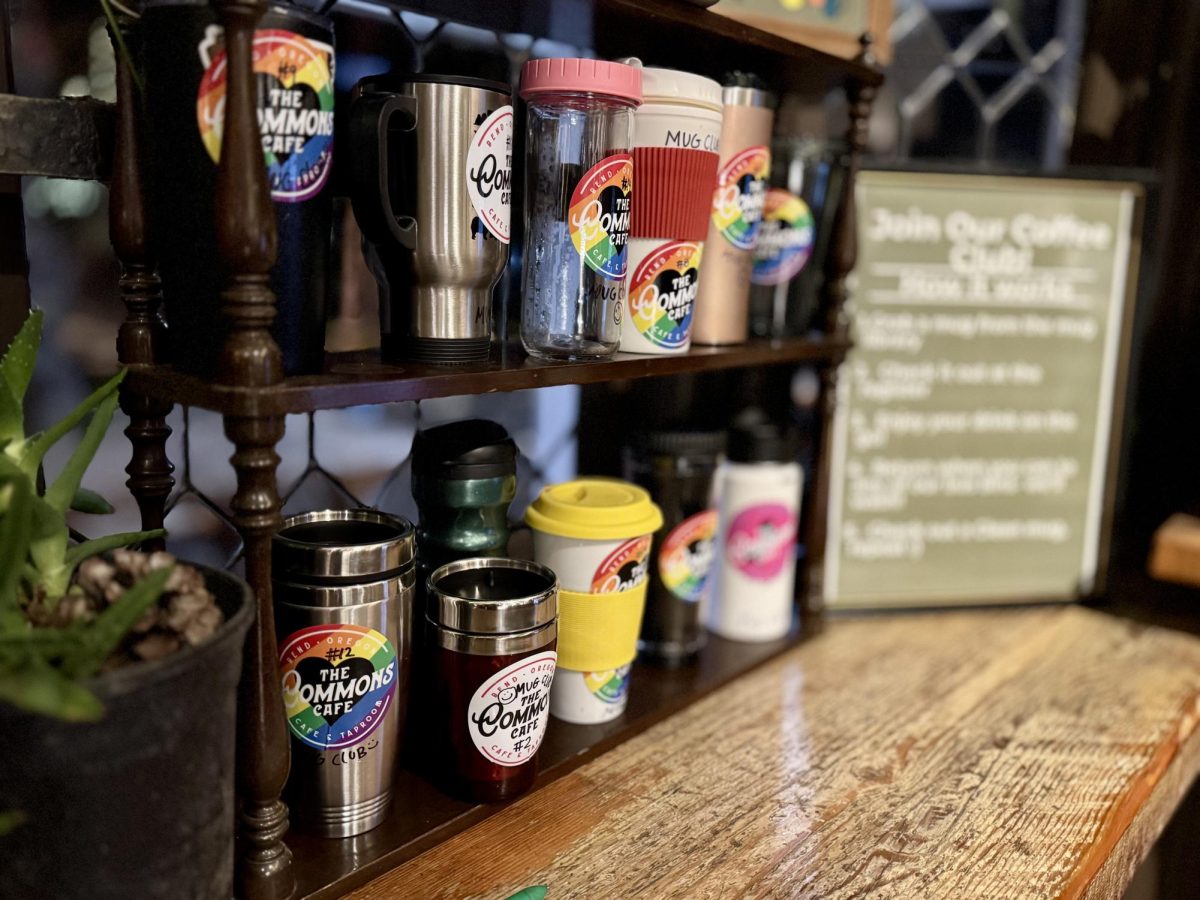(click image below for expanded view)
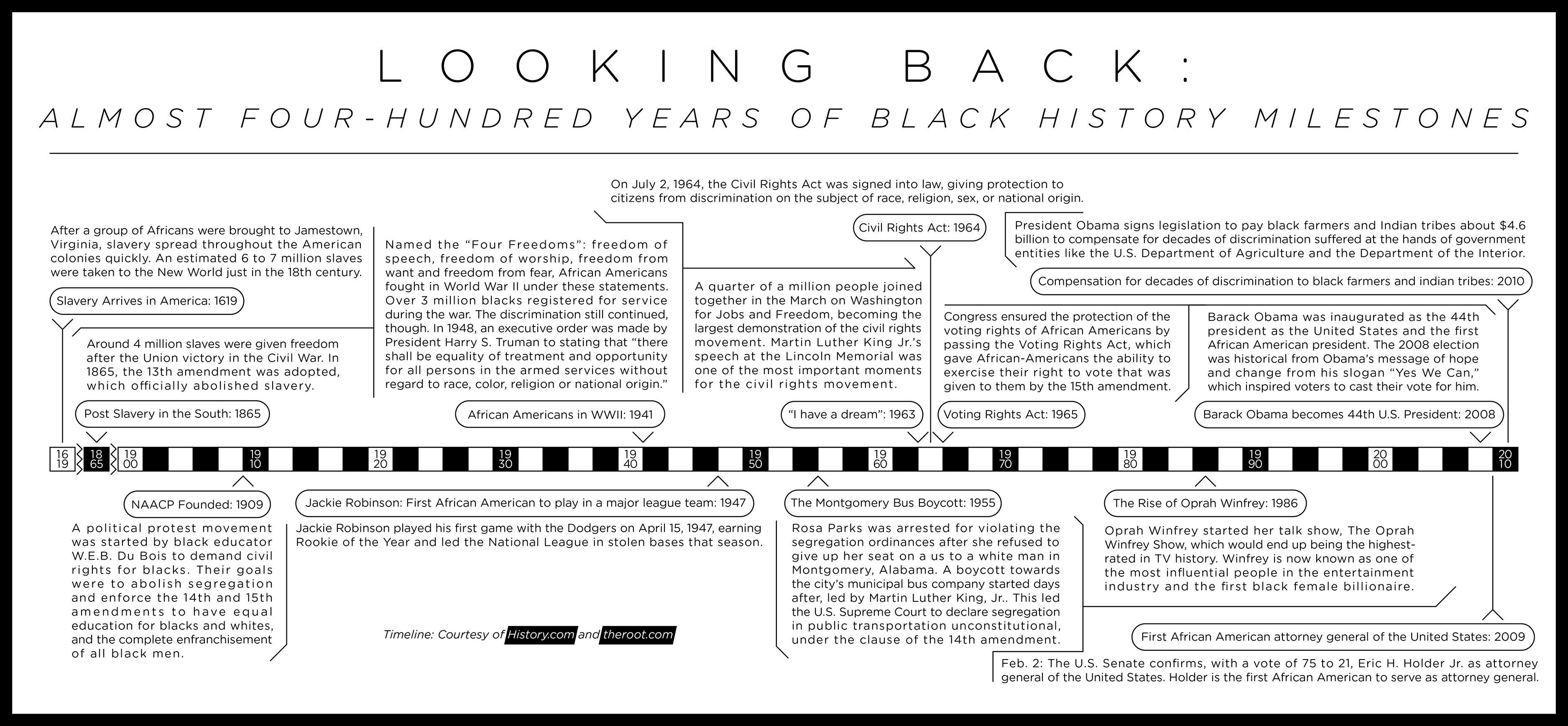
Emma Kaohi | The Broadside (Contact: [email protected])
What was once “Negro History Week,” Black History Month pays tribute to those who have made a push for equality and proudly represented the African American community.
Founders of what is now the Association for the Study of African American Life and History, Carter Woodson and Jesse Moorland, chose to pay homage to Abraham Lincoln and Frederick Douglass, whose birthdays are in February. Woodson and Moorland wanted an event that would inspire people to educate their community with events, lectures, performances and club organizations, according to Time magazine.
In Woodson’s article in “The Journal of African American History,” the first Negro History Week gained the cooperation of the Departments of Education in North Carolina, Delaware and West Virginia. Even so, the equality gap found among the African American community prevailed.
“By the mid-1960s, the most popular textbook for eighth grade U.S. history classes mentioned only two black people in the entire century of history that had transpired since the Civil War—and that problem could no longer be ignored. It was in that decade that colleges and universities across the country transformed the week into a Black History Month on campus,” reporter Julia Zorthian wrote in Time magazine explained.
In 1976, President Gerald Ford nationally recognized February as Black History Month, calling it a time to “seize the opportunity to honor the too-often neglected accomplishments of black Americans in every area of endeavor throughout our history.”
This year, marking the 100th anniversary of the end of World War I, the ASALH chose the theme of “African Americans in Times of War.” The theme calls attention to the work of African Americans during times of war, dating back to the Revolutionary war, to the present day and the war against terrorism.
At the proclamation of the 2018 Black History Month on Feb. 1, President Trump said, “This annual observance is an opportunity to remember the challenges of our past, but also to honor countless African-American heroes who inspire us to shape our country’s future.”
On campus in the displays outside of Willie Hall, the Afrocentric club has a showcase of their take on Black history month. “The clubs try to do something for Black history month every year, but [COCC] should be doing something in Willie Hall and do more teachings in the classroom”, stated Teryl Young, member of COCC’s Afrocentric Club.
“They should incorporate more from a higher level because black people influenced everything people do today, and people need to realize they’re doing Black history all the time. Whether they listen to a jazz song or donate blood, Black history month to me is all year around, people just don’t look into what it is they do that came from Black history.”
Adding on to what Black history month means to him, club president Gordon Pierce stated, “Informing current folks about the past so we can build and move forward with it, because we can’t sit in the past and dwell on it. It’s about bringinging today’s issues to the forefront and talking about them.”
In addition to the showcase, the Afrocentric club is putting together a slideshow on Black history month to be presented in Willie Hall at the end of February.
To learn more about Black history, Young suggested “Hidden Colors”, four-part DVD series that encompasses the true history of Black enslavement, which can be found in Barber Library. “Recognizing the good things about black history, not just picking cotton, I want people to know what happened in between. We need it, we need to keep talking about it,” said Young.
To join the conversation, the Afrocentric club meets at 12:00 on Thursday. Contact Gordon Pierce at [email protected] for more information. ■


